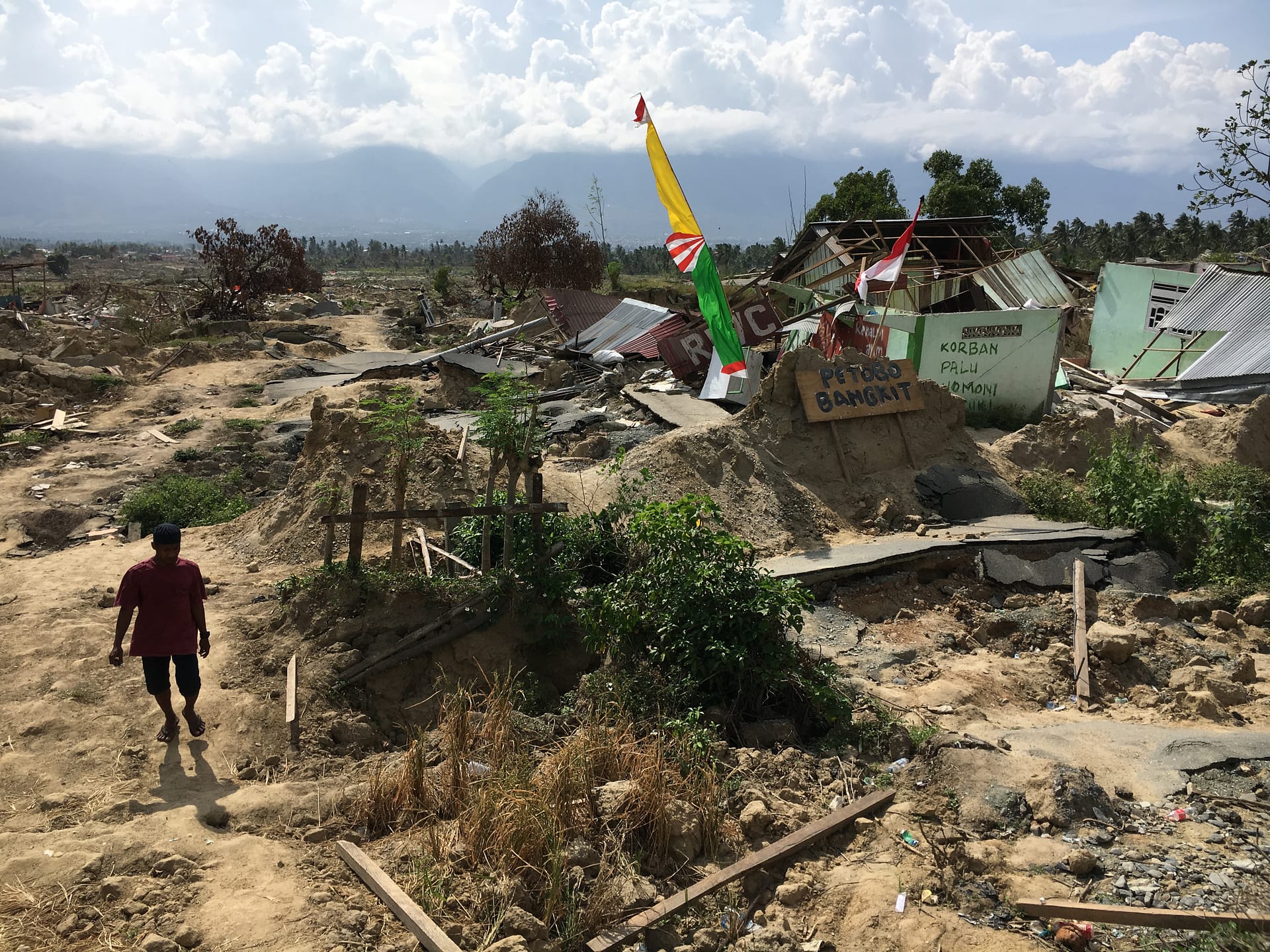Footage and photos of the catastrophe are devastating – entire neighborhoods swept away, people fleeing on foot, terrifying liquefaction. The earthquake and its subsequent landslide, liquefaction and tsunami have caused 2,081 fatalities, with an estimated 1,309 still missing or buried. Approximately 68,000 houses were damaged and about 206,000 people are displaced from their homes. (All stats are according to Build Change’s Recon Report.)
Build Change is a nonprofit organization aiming to reduce deaths, injuries, and economic losses caused by housing and school collapses in developing countries. In response to collapse-causing earthquakes and typhoons, they send a post-disaster reconnaissance team onsite right away to evaluate homes and schools. The team conducts engineering studies to understand why buildings collapse and how to build them better. Sam Adiputra had only been working at Coughlin Porter Lundeen for a week when he got that call, requesting that he go to Indonesia as a part of the Build Change’s reconnaissance team.


